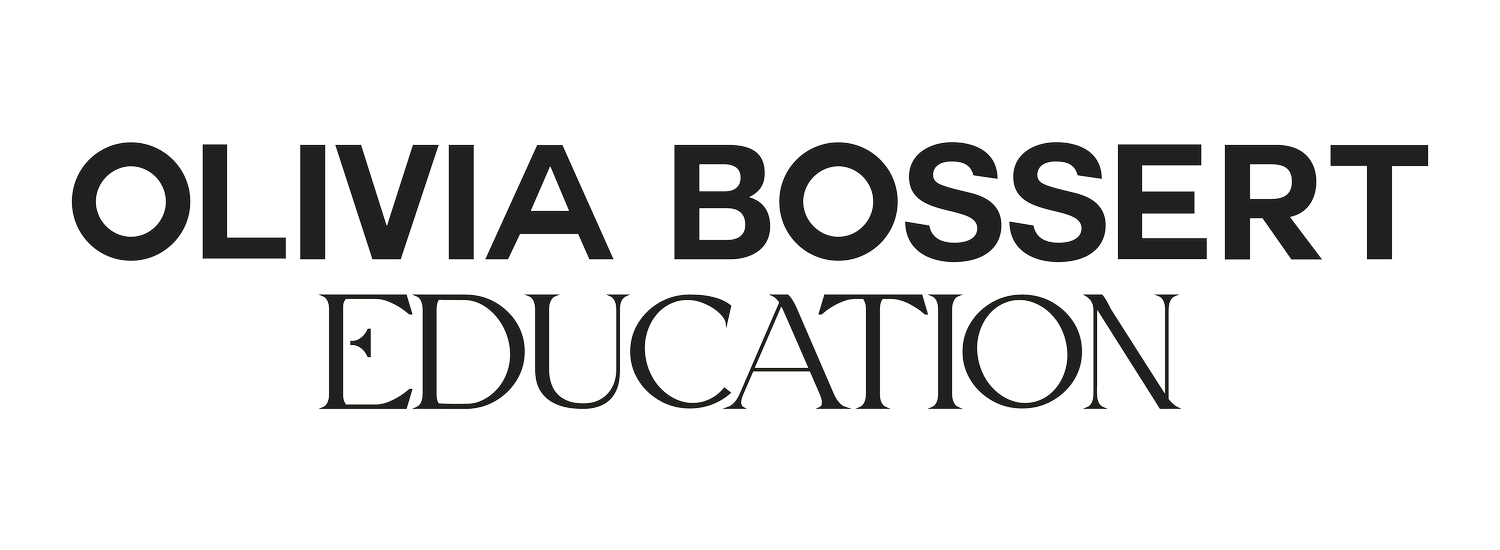Can you be both photographer and CEO?
Balancing Creativity and Business as a Fashion Photographer
If you're a fashion photographer, you're not just an artist—you’re a business owner too. That dual identity can sometimes feel overwhelming, but it’s also one of your greatest strengths. Learning how to manage your time, energy, and focus between your creative work and business responsibilities is crucial not only for your success but also for your wellbeing.
Let’s talk about how you can strike that balance—and thrive while doing it.
1. Block Your Time Like a CEO and an Artist
One of the most powerful habits you can adopt is time blocking. Treat your business like an actual business with a schedule, even if you’re self-employed and working from your kitchen table. Without structure, tasks like emailing clients, sending invoices, or editing images can either pile up or completely take over your time.
Break your week into different categories of time:
Admin blocks for emails, contracts, scheduling, etc.
Creative blocks for shooting, mood boarding, editing, and ideation.
Personal blocks for rest, errands, and time off.
You can even batch similar tasks together—such as sending all your invoices or updating your website on one specific day—so you’re not constantly switching gears.
2. Create Rituals That Help You Shift Gears
Switching between creative and business mindsets can be tough. That’s where rituals come in.
For example, you might light a specific candle or play a certain playlist when it’s time to get creative. Or you might use a specific notebook for brainstorming shoots and another one for client notes and business planning. It’s not about being rigid; it’s about creating intentional transitions.
One of the biggest changes I made was having two separate physical spaces: one for admin tasks and editing, and another for creative thinking, planning, and shooting. But if that’s not realistic for you, don’t worry—even just moving to a different room or heading to a coffee shop can help reset your mindset.
3. Set Boundaries Like a Pro
If you’re constantly available, you’ll burn out fast. That’s why setting boundaries is essential. Decide your office hours and stick to them. You don’t need to follow a traditional 9-to-5. Maybe you work best from 10 AM to 2 PM, or maybe you’re a night owl. Create a schedule that works for your body and your creativity.
If it helps, put your office hours in your email signature so clients know when to expect a response. Personally, I don’t reply to emails on weekends unless it’s a true emergency. That boundary has helped me reclaim my weekends—and my sanity.
Also, consider scheduling creative time with just as much respect as your client calls or admin work. That means turning off your phone, stepping away from your desk, and letting yourself dive into your art with no interruptions.
4. Balance Means Both Sides Get Time
Too much time in business mode can crush your creativity. Too much time creating without handling business tasks? That leads to stress, overdue invoices, and neglected emails whispering guilt in your ear.
The key is ebb and flow. If you’ve been stuck in admin mode, schedule a play day to shoot something fun just for you. If you’ve been avoiding your business responsibilities, block out 20 minutes—even just 20—to send those invoices or update your calendar. You'll feel so much more mentally clear afterward.
5. Stop Telling Yourself You’re “Not a Business Person”
This one’s big.
So many creatives tell themselves, “I’m just not good at business.” But that’s not true. You’re learning. You’re growing. Just because something doesn’t come naturally right away doesn’t mean it’s not within your reach.
Start saying out loud:
“I am a creative and a business owner. I can be both.”
This mindset shift is powerful. Your brain is whole—it’s not split into “creative” and “logical” compartments. You can train it, grow it, and empower yourself on both sides.
Give yourself some grace along the way. Not every day will be perfect, and that’s okay. The important thing is that you keep showing up.
6. Remember Your Why
When business tasks feel boring or overwhelming, go back to your why.
Why did you become a fashion photographer in the first place?
Maybe it’s the storytelling, the freedom, the love of color and movement, the chance to work with incredible people. Maybe it’s simply because you want to make a living doing something you love.
When you’re stuck doing the not-so-glamorous parts—like updating spreadsheets or handling invoices—remind yourself: This makes my dream possible. These tasks are the bridge to the life you want. That perspective can transform a dreaded to-do list into a path to something exciting and fulfilling.
7. You Are Harnessing Two Superpowers
Creativity and business are often treated like opposites. But when you learn to integrate your imagination with strategy, your potential explodes.
That’s when you become unstoppable.
You’re not “just” a photographer or “just” a freelancer. You’re an artist and an entrepreneur. And when those two parts of you work in sync, you create a life that’s not only successful, but deeply satisfying.
Final Thoughts
To recap, here’s what to remember:
Block your time and stick to it.
Create rituals to switch between creative and business tasks.
Set clear boundaries and protect your energy.
Schedule both sides—the admin and the art.
Speak powerfully about who you are and what you’re capable of.
Always come back to your why.
This journey isn’t always easy, but it’s absolutely worth it. When you master the balance between creativity and business, you don’t just survive—you thrive.
If this resonated with you, feel free to share it with a fellow artist or creative business owner. And if you want weekly tips on fashion photography and the creative business journey, I’d love for you to join my email list.
Thanks for being here. Keep creating, keep building—and I’ll see you again soon.

